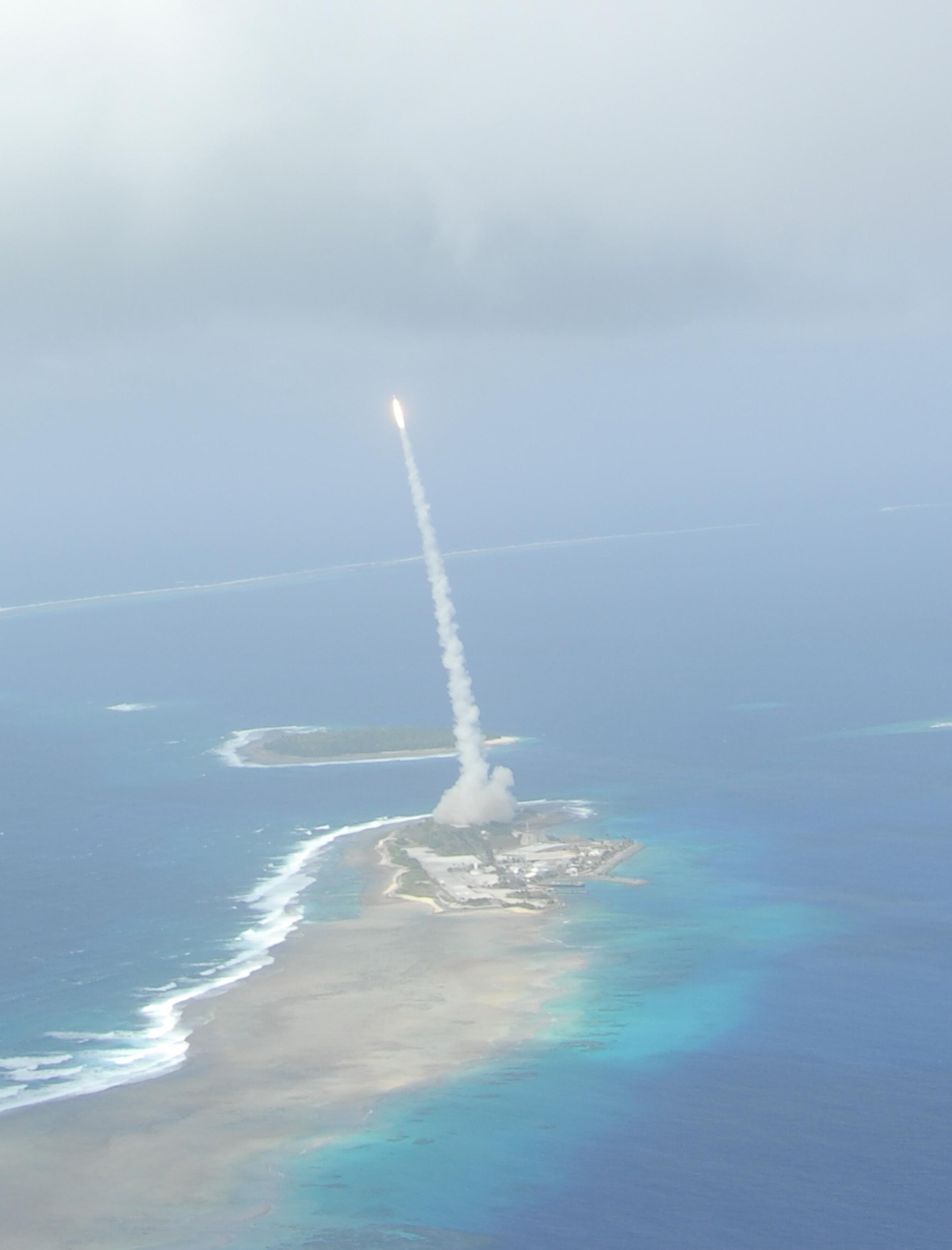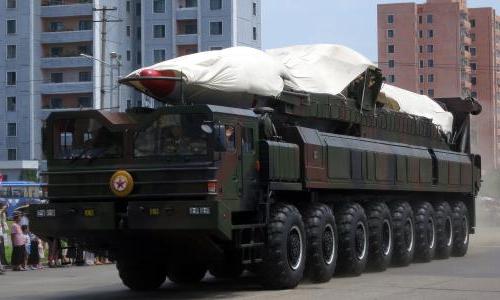如果朝鲜或伊朗发射针对美国的核导弹怎么办? Could we prevent it from arriving?
That’s the basic motivation behind US homeland missile defense, a complex system of ground-based radars, satellite sensors, and interceptor missiles designed to destroy incoming warheads. If the system operated as promised, 传感器将跟踪洲际弹道导弹的整个发射和飞行过程. 然后,部署在阿拉斯加和加利福尼亚的拦截导弹将与来袭的武器相撞并摧毁它们.
在实践中, 该系统在测试运行期间难以可靠地摧毁目标导弹, and is not equipped to manage 对策. 这些问题源于系统管理的根本问题, and with how missile defense technology works.
Missile defense basics
ICBM launches have three distinct phases of flight. 在 提高阶段, a rocket launches the warhead at high speeds above the atmosphere, where it continues in free-f所有 through the vacuum of space. 的 中途阶段 begins with the rocket separating from the warhead, which continues unguided and unpowered, hundreds of miles above the Earth. 的 reentry, or terminal, phase 看到弹头以高速穿过地球大气层返回地面.
GMD vs Aegis vs Patriot vs THAAD
国家导弹防御不应与其他形式的导弹防御相混淆, 比如美国海军的舰载宙斯盾弹道导弹防御系统, 以及美国陆军的爱国者先进能力-3和末段高空区域防御系统(THAAD).
这三个系统拦截的是速度比洲际弹道导弹慢、高度比洲际弹道导弹低的中短程导弹.
美国本土导弹防御系统(也称为“战略导弹防御系统”)的设计目的是在洲际弹道导弹的中途阶段摧毁它们, 使用从地面发射的拦截导弹(因此官方名称), “ground-based midcourse defense,或GMD).
的 process begins with infrared sensors on satellites, 哪个监测已知的发射地点发射火箭时产生的热信号. Once a launch is established, tracking is transferred to radar systems, which help verify the missile’s trajectory.
这些信息是由美国导弹防御局的办公室汇编和分析的, 加州的范登堡空军基地和阿拉斯加的格里利堡, where interceptor missiles are readied and launched.
Interceptor missiles 由三级助推火箭组成(即连续使用三个发动机), and a “kill vehicle,” which travels alone after the last booster separates. Using intercept data, the kill vehicle is guided toward an intercept point, where it views the target using its own sensors. 从那里, using sm所有 thrusters to adjust its direction, 拦截器试图跟踪和碰撞来袭弹头(不像早期形式的导弹防御系统), which used explosives, the GMD system relies solely on collision).

Problems with missile defense
Although the underlying concepts are simple, 国土导弹防御系统的现实是极其复杂的, 昂贵的, 而且深陷技术难题,这让潜在的对手占上风.
Chief among these difficulties are 对策攻击国用来破坏或破坏导弹防御系统的机制. For example, attackers could employ lightweight 诱饵 that confuse interceptor sensors. 因为不同重量的物体在空间中遵循相同的轨迹, 在中段释放诱饵可以阻止拦截导弹准确识别弹头. This could force the missile defense system to try to destroy 所有 来袭炮弹,耗尽了有限的拦截弹.
同样的, 冷却用裹尸布裹 can be used to lower a warhead’s temperature, 使其对拦截导弹(使用红外传感器)不可见, 或者降低拦截器快速探测弹头的能力.
Both of these 对策 are well-understood, and should be in reach of the technical capabilities of North Korea, 伊朗, or any other nation building intercontinental b所有istic missiles.
尽管如此, 国防部已经在国土导弹防御上投资了400多亿美元, 而不需要像其他主要军事系统那样遵守同样的监督标准. 这起到了适得其反的效果,掩盖了系统的缺点, 而且可能会让官员产生一种错误的安全感——即使很明显拦截导弹不会起作用.
忧思617888九五至尊娱乐家联盟自20世纪80年代以来一直致力于导弹防御问题,并致力于对该系统的能力和缺点进行真实的评论.




